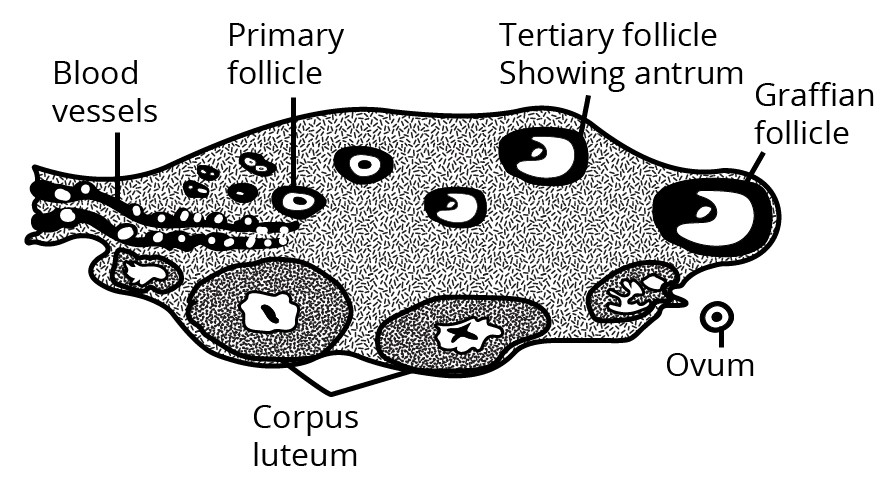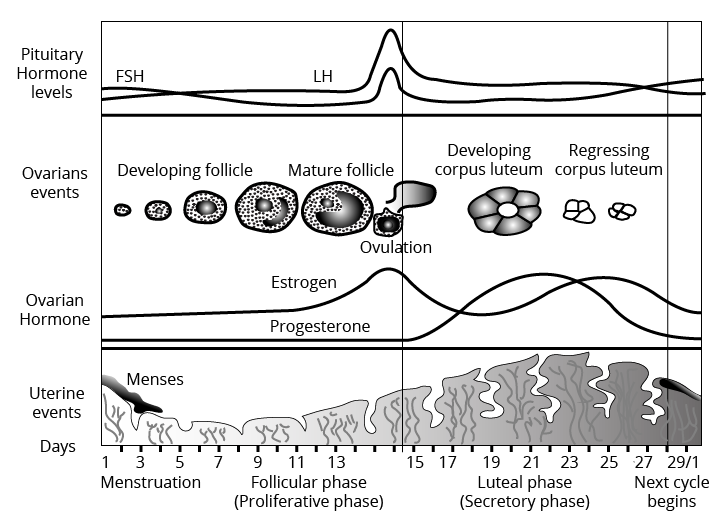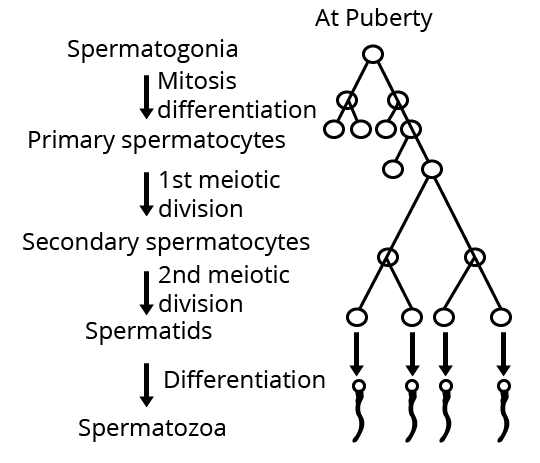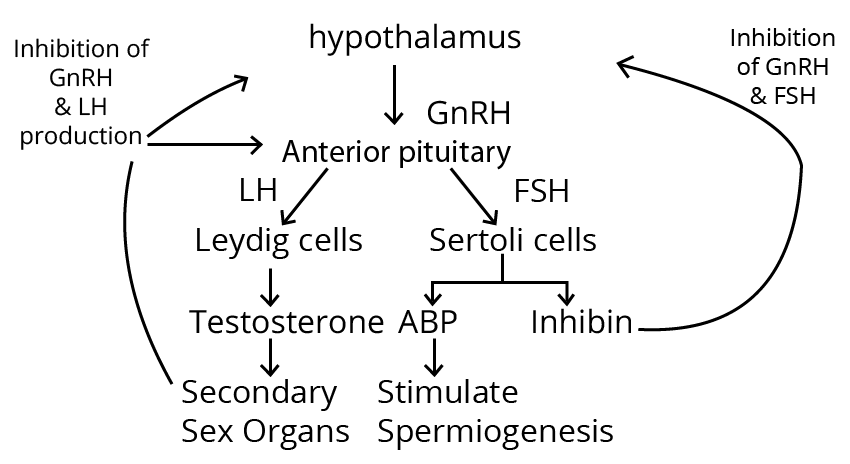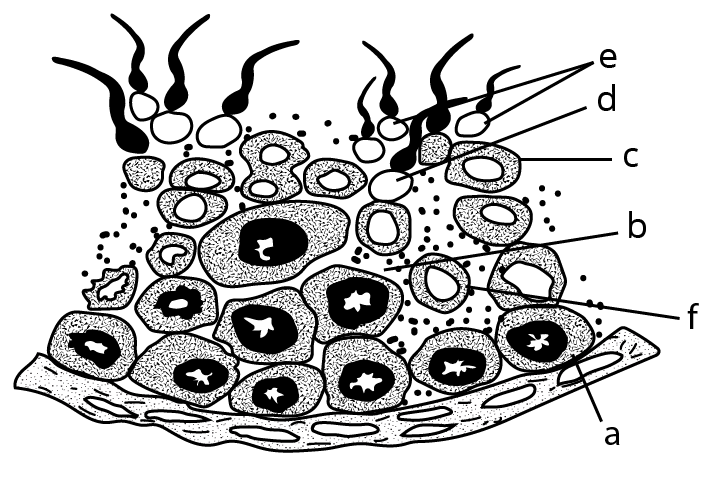Human Reproduction Class 12 important questions with answers PDF download


FAQs on CBSE Important Questions for Class 12 Biology Human Reproduction - 2025-26
1. Which topics from Human Reproduction are most frequently asked in CBSE Class 12 Biology board exams?
Human Reproduction key topics often appearing in the CBSE Class 12 Biology exam include the structure and function of male and female reproductive systems, gametogenesis (spermatogenesis and oogenesis), menstrual cycle phases, fertilisation and implantation processes, embryonic development, parturition, and lactation. Questions may focus on marks distribution such as differences, diagrams, and short reasoning as per the 2025–26 exam pattern.
2. How should students approach 5-mark questions in Class 12 Biology Chapter 2 to maximize scores?
For 5-mark questions based on Human Reproduction, structure your answers as follows:
- Start with a brief introduction of the main concept.
- Break down the answer with key points or sequential steps.
- Include clearly labelled diagrams wherever possible.
- Highlight terminologies defined by CBSE/NCERT.
- Conclude by linking to physiological significance or applications if required.
3. What are high-order thinking skill (HOTS) questions commonly framed from Human Reproduction?
Common HOTS questions involve:
- Comparing spermatogenesis and oogenesis with reasoning for their differences.
- Analysing the significance of hormonal feedback loops in menstrual cycle regulation.
- Explaining why only one sperm fertilises an ovum despite the presence of millions.
- Describing the impact of temperature changes on testicular function.
4. What is the typical marking scheme for Human Reproduction questions in the CBSE Biology board exam?
The marking scheme for Human Reproduction varies by question type:
- 1-mark: Definitions or one-point answers (e.g., function of the corpus luteum)
- 2 or 3-mark: Short explanations or differences between concepts
- 5-mark: Elaborate answers often involving diagrams, processes, or flowcharts (e.g., menstrual cycle or spermatogenesis)
5. Why are diagrams so important in exam answers about Human Reproduction, and how should they be presented?
Diagrams are highly valued in CBSE Biology board exams as they clarify complex processes such as spermatogenesis, the female reproductive system, and fertilisation. To maximise marks:
- Draw neat, well-labelled diagrams.
- Use pencils, not pens, for clarity.
- Label all essential parts as per NCERT guidelines.
6. Which board trends are evident in questions from Human Reproduction over the last five years?
Recent board trends show that application-based questions and those linking reproductive health with biology fundamentals are common. Diagrams and sequential process questions recur, with a tendency towards integrative questions involving hormonal control and physiological outcomes. Expect more reasoning and conceptual traps rather than pure recall.
7. What misconceptions should be avoided when answering Human Reproduction questions in the exam?
Avoid common misconceptions such as:
- Confusing menstrual cycle phases or hormone functions.
- Stating testes can produce sperm at body temperature (they require a lower temperature).
- Thinking fertilisation always leads to pregnancy (timing and viability matter).
- Assuming all spermatids mature into spermatozoa – some do not.
8. How can students effectively utilise exam time for Human Reproduction long-answer questions?
Allocate exam time smartly by:
- Reading the question carefully and underlining keywords.
- Planning the answer structure before writing.
- Spending adequate time on diagrams (well-labelled but not over-detailed).
- Leaving 2–3 minutes to recheck the answer and figure labelling.
9. What role does the sequence and flow of points play in scoring high in Human Reproduction answer sheets?
Presenting points in logical sequence enhances clarity and helps examiners award marks for each correct step. For process-based answers (like gametogenesis or implantation), use flowcharts or numbered steps. Disorganised answers can lead to missing step marks, even if the content is correct.
10. If a question asks to 'justify with reasons', how should an answer be structured in Human Reproduction topics?
When answering 'justify' questions, start with a clear statement addressing the query, followed by specific reasons or mechanisms. For example, if asked why testes are outside the body, write the physiological reason and its impact on sperm production. Conclude by linking to the necessary function or advantage (e.g., lower temperature enabling successful spermatogenesis).

























